Rosie Elnile
Seeds
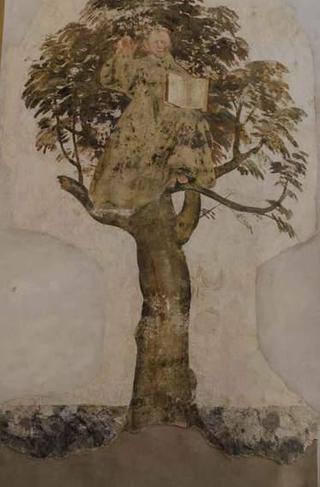
Frescoes from the Villa of Livia, second half of the 1st century BC, Rome, Museo Nazionale Romano di Palazzo Massimo.
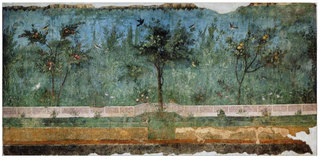
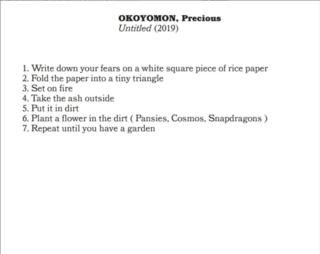

Wheatfield - A Confrontation: Battery Park Landfill 1982. Agnes Denes.
Repair presented by baracco+wright architects and Linda Tegg at The Australian Pavilion at The Venice Biennale for Architecture
Note from me on this work: It is a strange and I think in problematic work but it has informed my thinking so I am sharing it - The gesture of the work is interesting, to look at the way that in Australia architecture has destroyed indigenous grass lands “what is at stake when we occupy land, the work showed – just one percent of these threatened species are left in their native ecosystem”
However in reality - what does that mean and who is that for? The image are beautiful for sure but looking at audience - it is not a space for First Nation Australian people - all of the audience in these images are white. Also why take all of these plants to Italy - who does that guesture serve? alot of the plants died- there is for me an uneasy colonial feeling to this work -
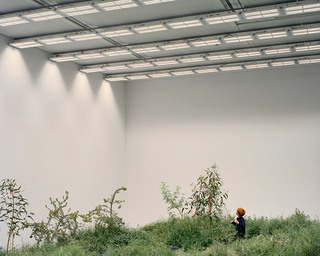
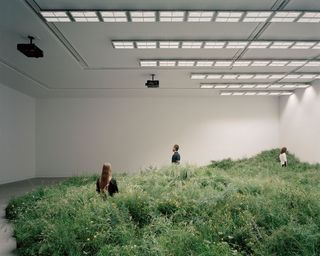
Extract from Down from The Houses of Magic by Cyrus Cassells
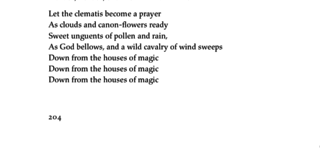
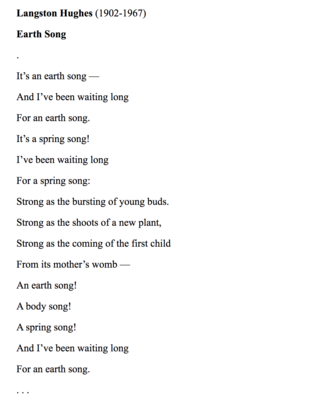
Gherardo Cibo 'Plantago major' Ca 1584

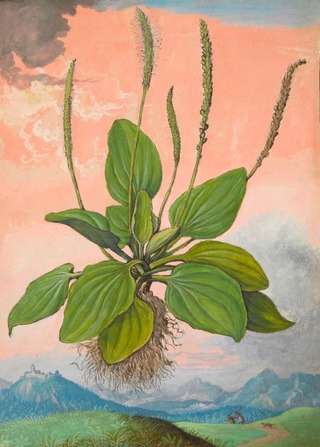

Two acres of wheat planted and harvested by the artist on the Battery Park landfill, Manhattan, Summer 1982.
After months of preparations, in May 1982, a 2-acre wheat field was planted on a landfill in lower Manhattan, two blocks from Wall Street and the World Trade Center, facing the Statue of Liberty. Two hundred truckload of dirt were brought in and 285 furrows were dug by hand and cleared of rocks and garbage. The seeds were sown by hand adn the furrows covered with soil. the field was maintained for four months, cleared of wheat smut, weeded, fertilized and sprayed against mildew fungus, and an irrigation system set up. the crop was harvested on August 16 and yielded over 1000 pounds of healthy, golden wheat.
Planting and harvesting a field of wheat on land worth $4.5 billion created a powerful paradox. Wheatfield was a symbol, a universal concept; it represented food, energy, commerce, world trade, and economics. It referred to mismanagement, waste, world hunger and ecological concerns. It called attention to our misplaced priorities. The harvested grain traveled to twenty-eight cities around the world in an exhibition called "The International Art Show for the End of World Hunger", organized by the Minnesota Museum of Art (1987-90). The seeds were carried away by people who planted them in many parts of the globe.
The questionnaire was composed of existential questions concerning human values, the quality of life, and the future of humanity. The responses were primarily from university students in various countries where I spoke or had exhibitions of my work. Within the context of the time capsule the questionnaire functioned as an open system of communication, allowing our descendants to evaluate us not so much by the objects we created�as is customary in time capsules�but by the questions we asked and how we responded to them.
The microfilm was desiccated and placed in a steel capsule inside a heavy lead box in nine feet of concrete. A plaque marks the spot: at the edge of the Indian forest, surrounded by blackberry bushes. The time capsule is to be opened in 2979, in the 30th century, a thousand years from the time of the burial.
There are, still within the framework of this project, several time capsules planned on earth and in space, aimed at various time frames in the future.
Postscript: The above text that was written in 1982 has now added poignancy and relevance after 9/11/01
Text from http://www.agnesdenesstudio.com/works7.html written by Agnes Denes
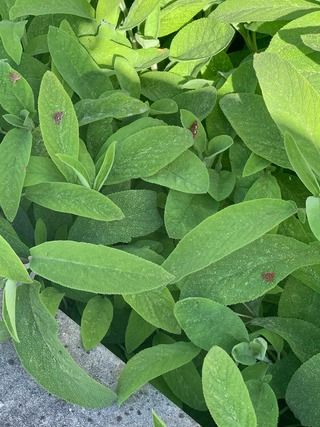
CLICK TO GO TO NEXT PAGE
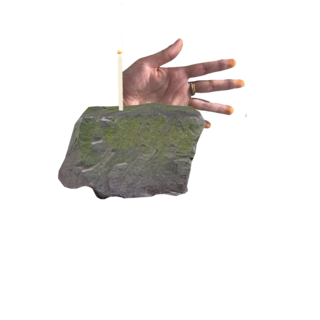
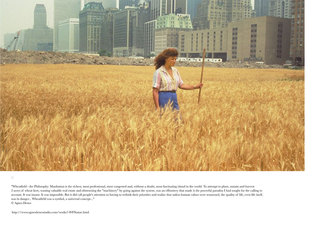
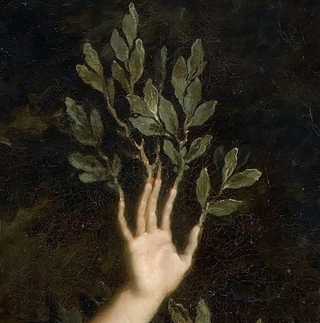
JavaScript is turned off.
Please enable JavaScript to view this site properly.